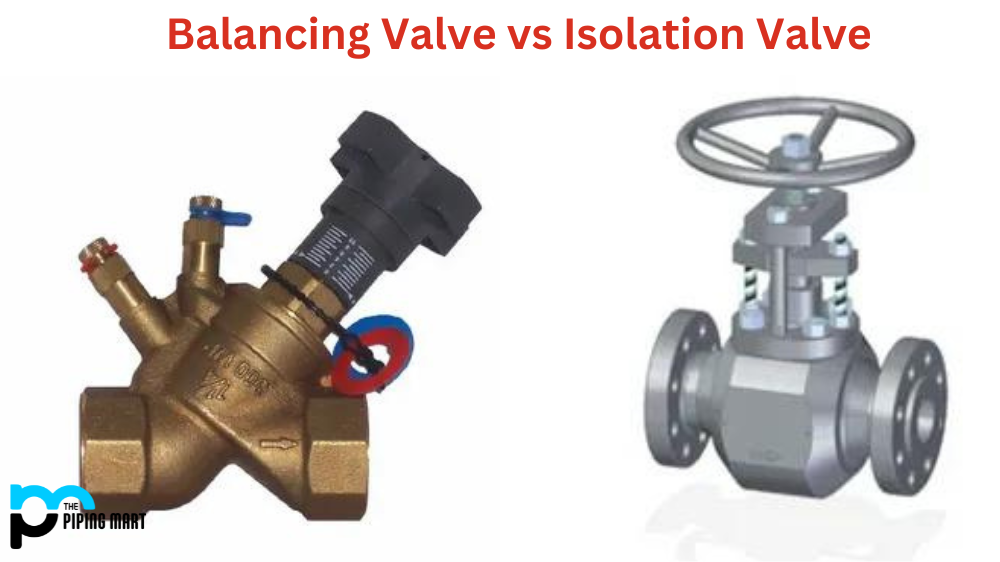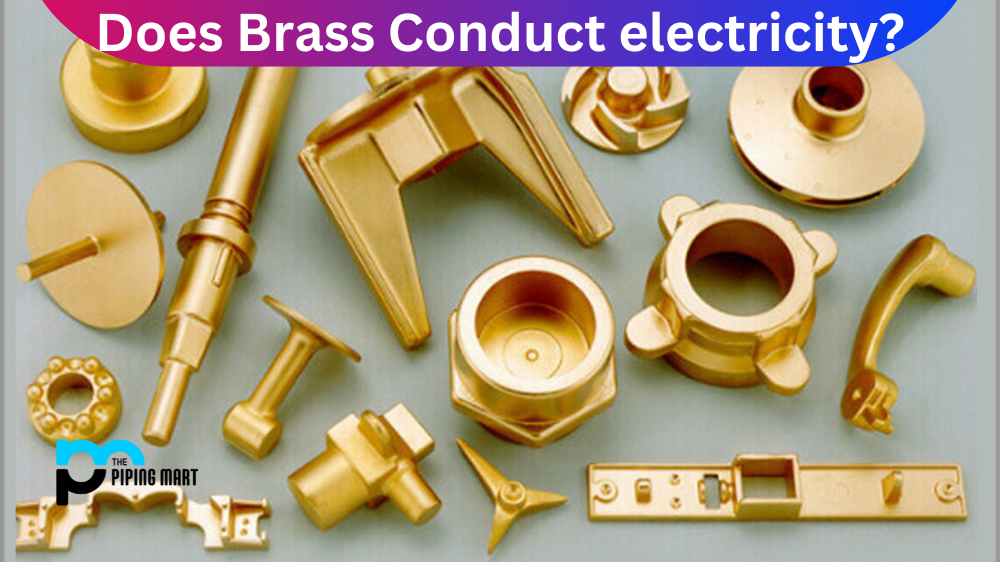Choosing the correct valve for your system can be daunting, especially if you need a clear understanding of what each type of valve does. Two important types of valves are balancing valves and isolation valves. While both are essential for any plumbing and heating system, they serve different functions. This blog post explains each valve, how it works, and which one you need for your system.
Balancing Valve
A balancing valve is a type of flow control valve that regulates the flow rate of hot or cold water in a hydronic heating or cooling system. It is designed to maintain the required flow rate to each loop or branch circuit in the system, preventing any over or under-flow. Balancing valves can be manual, automatic, or a combination. Manual balancing valves can be adjusted by hand to achieve the desired flow rate for each circuit, while mechanical valves use a pre-set flow rate based on the system’s design. Balancing valves are typically used in large-scale commercial buildings or multi-story homes with complex plumbing systems that require precise flow rates to ensure comfort and efficiency.
Isolation Valve
On the other hand, an isolation valve is designed to shut off water flow in a plumbing or heating system entirely. It is a simple valve that offers many applications, including water shut-off during repairs, maintenance, or emergencies and controlling water flow to specific building areas. Isolation valves can be manually turned off by hand or automatically, where a switch or solenoid controls them. Isolation valves are found in almost every plumbing and heating system, from residential to commercial, and are essential for ensuring safety and preventing damage to your system.
Difference between Balancing Valve and Isolation Valve
Balancing valves are used when you need to regulate water flow in a specific area of your system, while isolation valves are used to completely stop the water flow. Balancing valves are often found in commercial buildings, multi-story homes, and significant heating or cooling systems. In contrast, isolation valves are found in almost every plumbing or heating system and are essential for safety and maintenance. It’s important to note that while balancing valves are designed to regulate the flow of water, they can’t be used to completely shut off the flow of water, which is where isolation valves come in.
- A balancing valve controls water flow in a heating or cooling system.
- An isolation valve isolates a section of piping in a system.
- Balancing valves are typically used in systems where water flow needs to be controlled.
- Isolation valves are typically used in systems where water flow does not need to be controlled.
- Balancing valves are more expensive than isolation valves.
- Isolation valves are less expensive than balancing valves.
- Balancing valves are available in a variety of sizes and configurations.
- Isolation valves are available in a variety of sizes and configurations.
Conclusion
Choosing the correct valve for your plumbing or heating system is essential for efficiency and safety. Balancing valves regulate the water flow in your system, ensuring that each loop or branch circuit receives the required flow rate. Isolation valves, on the other hand, are designed to shut off water flow entirely during maintenance, repairs, or emergencies. Both valves are essential for your system, but they serve different purposes. If you need help determining which valve to use for your plan, consult a professional plumber or heating technician. They can help you choose the correct valve for your system, ensuring it operates efficiently and safely for years.

Pipingmart is a B2B portal that specializes in metal, industrial and piping items. Additionally, we share the latest information and information about materials, products and various types of grades to assist businesses that are involved in this business.




